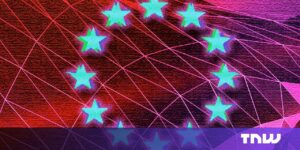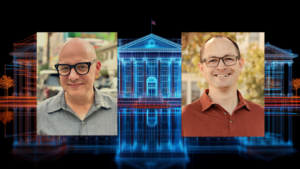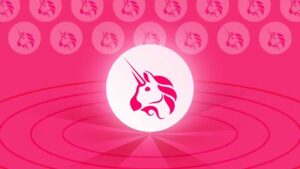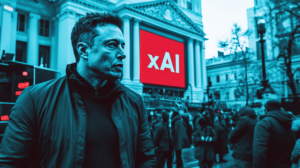
The NFT sector has not yet returned to the glory of its 2022 heydays but that hasn’t stopped the evolution of the tech.
For instance, OpenSea has partnered with the music and arts festival conglomerate Coachella to release three NFT collections that offer both virtual and tangible real-life VIP experiences and merchandise.
The partnership will eventually produce three collections offering different perks and varying tiers of exclusivity (as well as cost). The first one is called The VIP Pass + Oasis Lounge Keepsake, and was released on Tuesday at $1,499 each, capped at 1,000 NFTs. This tier includes access to a 2024 VIP Festival Pass and its new lounge with “exclusive bar benefits” including “limited” complimentary drinks.
The next two collections will be released late March and mid-April and details on costs and utilities will be shared at a later date, the companies say.
The NFT collections will be powered by the layer-1 blockchain Avalanche – which is the eighth-largest blockchain by NFT sales volume in the past 30 days, according to CryptoSlam data. Coachella partnered with Avalanche because they’re “aligned on the product” the festival wants to build, but is withholding additional details until later this month, Coachella’s innovation lead Sam Schoonover said to TechCrunch.
There have been a lot of NFT collections announced since the term even gained adoption. OpenSea alone has over 2 million collections and 80 million NFTs on its marketplace, according to its website.
So, it’s safe to say this isn’t the first music-related project that offers real life use cases. But it’s a notable example of how utility-driven NFTs are changing the way outsiders look at the web3 sector. The word NFT used to just conjure up sometimes overpriced, digital profile pictures (PFPs). Now it’s starting to refer to digital pictures that also have utility on and offline. And this is one of the most hopeful signs that NFT marketplaces will, as their believers say, find new users and grow sales.
NFT-based music and ticketed collections are one of the “best ways” for the crypto subsector to gain mainstream adoption, Devin Finzer, CEO and co-founder of OpenSea, said. Tickets can have special memories around them for fans and he thinks there’s potential for them not to just be memorabilia, or a collectible, but also bring in utility. “So it’s the perfect hybrid for NFTs.”
While OpenSea has done “smaller music-related NFT projects,” in the past, this one hones in on ticketing and VIP access, something Finzer – and others – have been eyeing for a long time.
“Coachella has the audience and distribution to take it to a whole other level,” Finzer added. “The willingness to make this an NFT that is useful and valuable and something people will be excited about versus some of the things in the past NFT projects have been, maybe more half baked, this is something that is sophisticated and exciting with real world value.”
This partnership could be seen as another push by OpenSea to gain back dominance in a saturated market. On January 1, 2022, NFT global sales volume peaked at $23.7 billion. In the past month, NFT marketplaces saw $2.21 billion in volume, according to analytics from Tiexo.
With that said, since 2017, OpenSea has transacted over $20 billion in volume. But even with that much total volume, OpenSea isn’t the biggest NFT marketplace today. In the past month, OpenSea ranked as the fourth largest by volume with 10% of the market share, or $222.65 million, behind Blur, Magic Eden and OKX, in that order, Tiexo data showed.
This project is also making buying NFTs easier by using a simple email sign up, instead of requiring newbies to get a crypto wallet, buy crypto and so on. Email sign ups and credit card on-ramps are growing trends for the typically inaccessible sector.
“For a long time, web3 had a usability problem,” Finzer said. But over the last three to four years, there’s been a lot of development to make it smoother for those not already well versed in all things crypto. “We’re making it part of the experience on Coachella, so they can sign up easily and get the NFT easily.”
Schoonover thinks a lot of other companies will start to recognize that NFTs can be more than just collectible pictures. When thinking of them more like unique, collectable digital tickets, he hopes others will want “to experiment with NFTs and real-world access, benefits and experiences.”
Finzer echoes that sentiment. In general, the theme for NFTs in the past few years has been expanding beyond collectibles and PFPs to “real utility.” Only a sub group of people are interested in staying in the PFP world, but there’s a whole audience of people who might not care as much about the crypto sentiment, but see the value in the technology, he added.
“I don’t think the audience cares about technology, whether it’s an NFT or virtual reality,” Schoonover added. “They just want a fun and entertaining experience…[and] NFT technology is a unique way to deliver this.”





